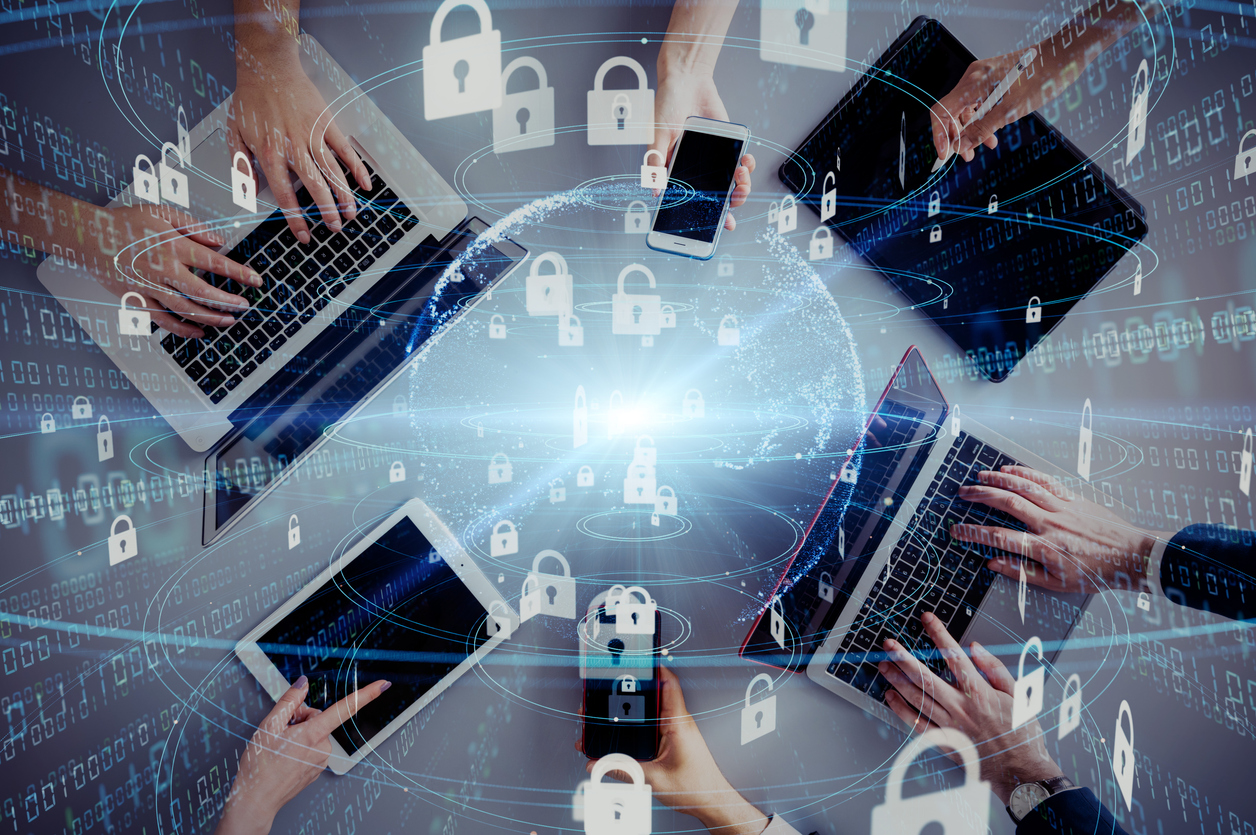We have seen a significant increase in online shopping over the last two years. But along with that shift in consumer shopping behavior, we’ve also seen an increase in the number of cyberattacks within our industry. In 2021, cyberattacks were up an astonishing 65%. These cyber attackers are holding businesses’ data for ransom. And we are seeing these ransom requests on the rise as well.
Businesses can take a number of steps to secure themselves from a potential cyberattack. The list below includes several cybersecurity best practices that your organization should have in place. And not only would implementing these best practices better secure you, having them in place can also satisfy some of the requirements made by insurance carriers to ensure you’re covered in the event you are hit with a cyberattack:
Multi Factor Authentication (MFA)
MFA means that you apply two or more identification factors to access a device or data. Here are fourexamples of Multi-Factor Authentication methods:
-
- Identification through what the user possesses: code sent via SMS, one-time password via email or USB tokens.
- Identification through What the user knows: Password, Pins, and answers to personal or sensitive questions.
- Identification through who the user is: Facial, voice, retina, fingerprint or signature recognition.
- Identification through where the user is located: Using AI and GPS to pinpoint user’s exact location.
24/7/365 Continuous Security Monitoring
Investing in a monitoring service for your data and digital infrastructure is akin to having a security system set up for your home. It’s something you hope you never have to use, but you’re thankful to have in case you ever actually need it. At the very least, these services can provide you with the tools needed to identify that a cyber breach has occurred.
Backups
Data backups provide protection from natural disasters and can reduce operational downtown that results from a cyberattack. Cyberattacks can cause a business to be down an average of 1-3 weeks as your data and business are held hostage.
Network Segmentation & Patch Management
Network segmentation simplifies the process of monitoring network traffic. It helps an organization quickly detect suspicious activity and traffic, log events, and record connections that have been approved or denied.
Over the past couple years, there has been an obvious increase in the number of remote workers. This increase means more unknown and personal devices connected to your company’s infrastructure. Any one of these devices can put your company at risk of a cyberattack. Employee training and penetration tests help to minimize risks and identify organizational exposure.
Cyber insurance can help reduce the amount that you have to payout in the event of a cyberattack. If you have cyber insurance, review your policy to ensure you meet the necessary requirements.
Cyberattacks are a reality. Educate yourself, and your team, on the potential risks to your organization and take the steps to best protect your business.




